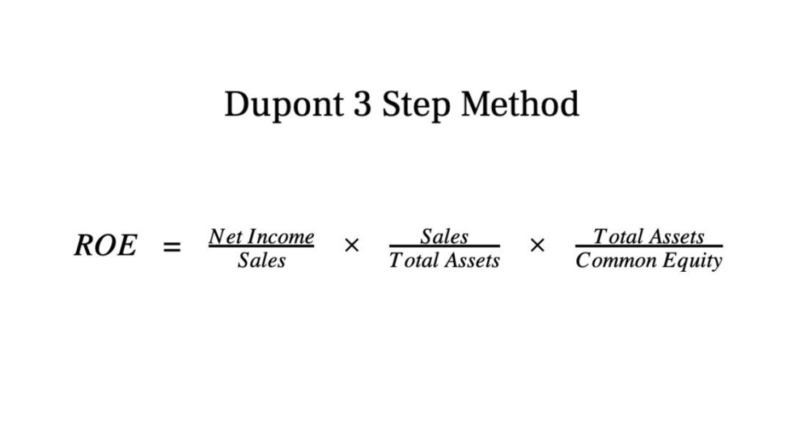Contra Account Definition + Journal Entry Examples
Bookkeeping

The bond is listed on the balance sheet at the full amount of $1,000, but the cash received is just $950, so a contra liability for the discount is listed to make the entry balance. To manage contra revenue effectively, focus on strategies that minimize these occurrences and enhance profitability. Refine your return policies to be clear yet reasonable, balancing customer flexibility with business protection. Also, optimize your discount strategies by offering them selectively based on customer segment or purchase behavior. Regularly review these policies and adjust based on data-driven insights to align with market conditions and customer expectations.
How does contra revenue impact a company’s financial statements?
Discounts are price reductions given under specific conditions such as early payment, bulk purchases, or during promotional sales events. A company receives rebates for advertising it does on behalf of brands it carries in its stores. For example, a grocery store displays advertisements for a national brand in its weekly flyer. The national brand gives the grocery store cash, reducing the overall contra revenue account cost of printing the flyer. The purpose of the Accumulated Depreciation account is to track the reduction in the value of the asset while preserving the historical cost of the asset. Wanting to spruce up its aging inventory, Show-Fleur purchased new, climate controlled-seats for its fleet, delivering increased comfort for passengers and a cleaner, more modern look for vehicle interiors.
- This guide is also related to our articles on understanding gross vs. net profit, understanding prepaid expenses, and understanding unearned revenue.
- Balance sheet readers cannot only see the actual cost of the item; they can also see how much of the asset was written off as well as estimate the remaining useful life and value of the asset.
- If the bond is sold at a discount, the company will record the cash received from the bond sale as “cash”, and will offset the discount in the contra liability account.
- Contra revenue is a deduction from the gross revenue reported by a business, which results in net revenue.
- The most common contra account is the accumulated depreciation account, which offsets the fixed asset account.
- Most accounts receivable would just be the time between purchase and credit card settlement.
Example of Contra Revenue in Sales Returns
Allowance for uncollectible accounts, or allowance for doubtful accounts, is one of the most common contra current asset accounts. The dollar balance in the allowance for uncollectible accounts is the amount you don’t expect to collect, and this offsets the amount you report in accounts receivable. For example, a bond with a principal amount of $1,000 may be sold for only $950.

Sales Discounts
- Accountants use contra accounts rather than reduce the value of the original account directly to keep financial accounting records clean.
- Instead, you need to record this value gap, and a contra asset account serves that purpose.
- Taken together, the asset account and contra asset account reveal the net amount of fixed assets still remaining.
- This means that the $85,000 balance is overstated compared to its real value.
- The allowance for doubtful accounts is not specifically reported, but the 10(K) reported that the allowance is immaterial to the amount.
If your allowances or discounts are out of step with industry norms, you might be either giving away too much or not enough to attract customers. For example, you might offer bulk purchase discounts to large buyers but limit early payment discounts to customers who have shown reliability in the past. The purpose of the Sales Returns account is to track the reduction in the value of the revenue while preserving the original amount of sales revenue. The purpose of the Owner’s Withdrawal account is to track the amounts taken out of the business without impacting the balance of the original equity account.

If this aligns with your business model, it’s advisable to document each refund, return, or discount in your contra revenue account. This practice aids in gaining a clearer perspective on the distinctions between your gross and net revenue. A contra account is an entry on the general ledger with a balance contrary to the normal balance for that categorization (i.e. asset, liability, or equity).
Is Unearned Revenue a Contra Account?
San Francisco County ranked seventh in the state, and Alameda County ranked tenth. Across the state of California, charitable contributions made up around 1.23% of people’s income; only 9.28% of income tax returns itemized charitable contributions. The study analyzed the Statistics of Income dataset at the county level by the Internal Revenue Service; researchers did not tally specific charities or causes that benefited from donations in the study. The counties of Marin, San Mateo, Santa Clara and Contra Costa consecutively topped the charts by taking up the first four spots, according to the ranking from financial technology company SmartAsset. The study “calculated how much people donate as a percentage of their net income and the proportion of people in each county who make charitable donations,” according to the company. The OID is calculated as the difference between the redemption price and the discounted issuance price.
Marin County was ranked the most generous county in California, with 23.50% of its over 130,000 returns filed itemizing charitable contributions. San Mateo County came in second, with 18% of the county’s tax returns listing charitable contributions. Contra Costa County came in third with 17.9% of tax returns showing donations.

Accounts receivable (A/R) has a debit balance, but the allowance for doubtful accounts carries a creditbalance. The sales discounts account contains the amount of sales discounts given to customers, which is usually a discount given in exchange for early payments by them. The difference between an asset’s account balance and the contra account balance is known as the book value. When the original dollar amount is kept in the original account and a separate account is used for recording the deduction, the resulting financial information becomes more transparent and helpful for stakeholders.

Examples of Contra Accounts
- In other words, contra accounts are used to reduce normal accounts on the balance sheet.
- For example, this analysis might indicate that your business has product quality problems or servicing issues that can be corrected.
- GAAP, the allowance for doubtful accounts represents management’s estimate of the percentage of “uncollectible” accounts receivable (i.e. the credit purchases from customers that are not expected to be paid).
- After almost a decade of experience in public accounting, he created MyAccountingCourse.com to help people learn accounting & finance, pass the CPA exam, and start their career.
- Learn financial statement modeling, DCF, M&A, LBO, Comps and Excel shortcuts.
- A contra account is a general ledger account that offsets the balance of a corresponding account with which it’s paired.
Nor would it count as a liability as it does not reflect a future obligation. Contra revenue accounts appear near the top of the income statement, as a deduction from gross revenue. If the amounts of these line items are minimal, they may be aggregated for reporting purposes into a single contra revenue line item. Generally in the financial statements the revenue account would be offset against the contra revenue account to show the net balance. A contra revenue account is a revenue account that is expected to have a debit balance (instead of the usual credit balance). In other words, its expected balance is contrary to—or opposite of—the usual credit balance in a revenue account.
hello